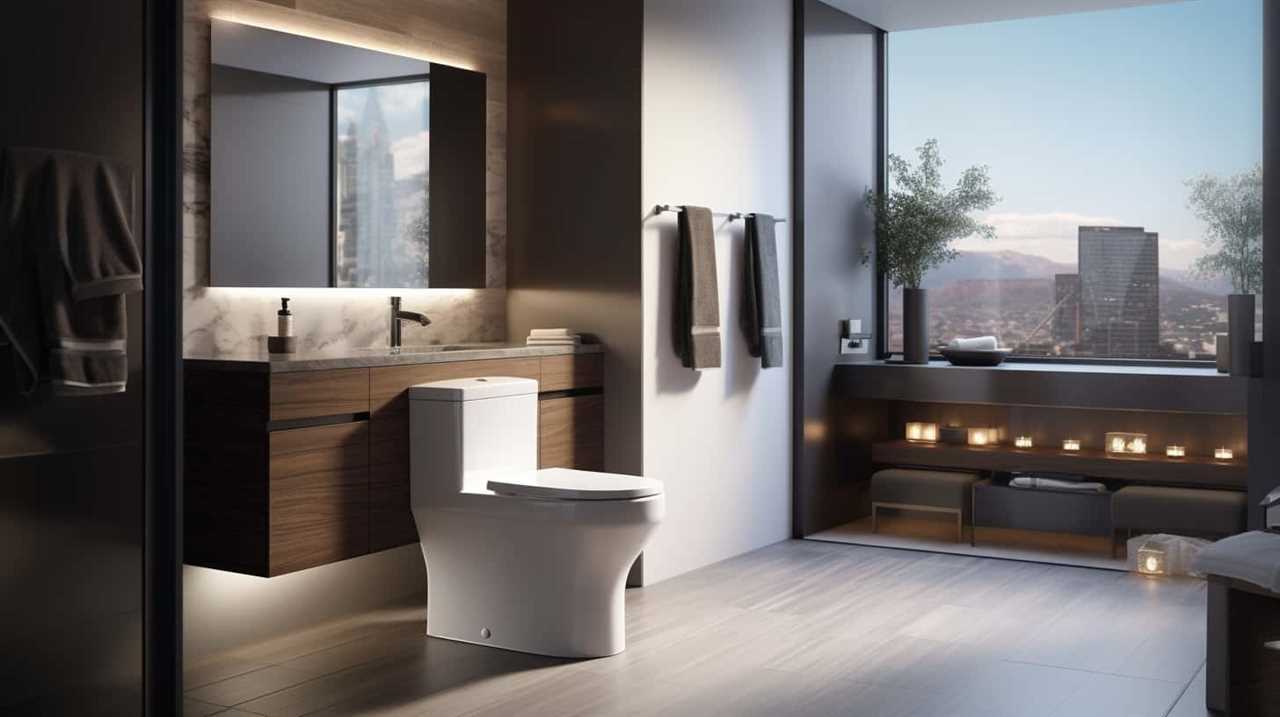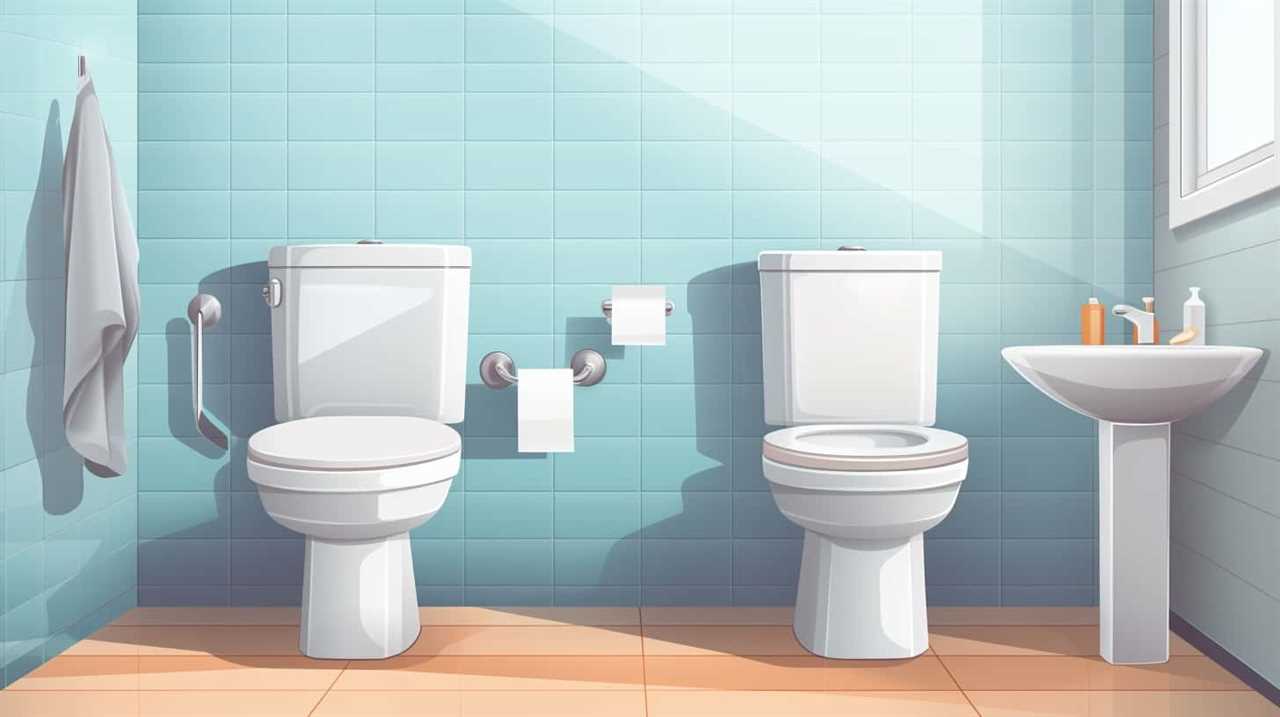Which consumes more water, baths or showers?
This is a question many of us have pondered when considering our water consumption habits. In this article, we will explore the average water consumption for both baths and showers, as well as the factors that affect water usage in each.
By understanding the data and considering some helpful tips for conserving water, we can make informed choices and strive for water conservation mastery.
Let’s dive in!
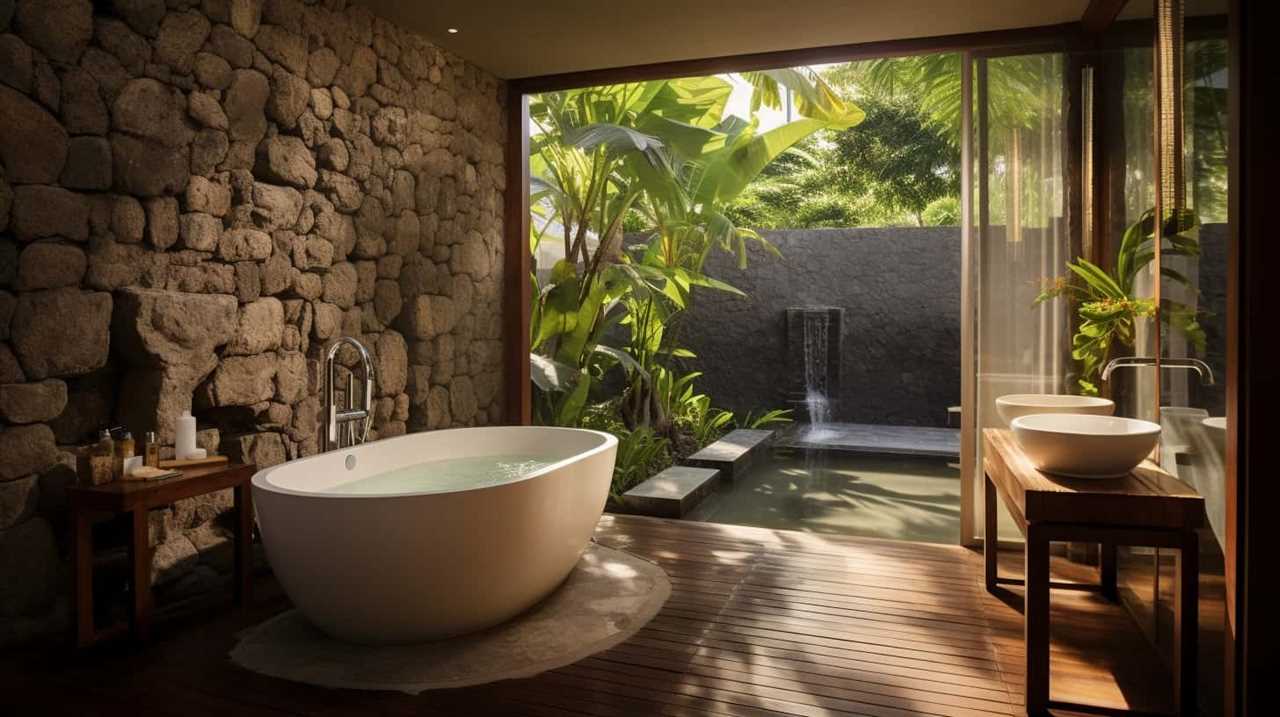
Key Takeaways
- Baths use more water compared to showers, with an average of 36 gallons per bath.
- Upgrading to water-saving showerheads can reduce water usage during showers by up to 40%.
- Taking shorter showers and implementing water-saving techniques can significantly conserve water.
- Being mindful of water usage during bathing and adjusting showering habits can help in reducing overall water consumption.
Average Water Consumption for Baths
On average, we use approximately 36 gallons of water for each bath we take. This figure may vary depending on various factors such as the size of the bath and the water-saving techniques employed.
The impact of bath size on water consumption is significant. Larger baths require more water to fill up, resulting in higher water usage. However, there are ways to reduce water consumption even with larger bath sizes.
Implementing water-saving techniques such as using low-flow showerheads or faucets, taking shorter showers, or installing water-efficient toilets can help minimize water usage during baths. Additionally, being mindful of the amount of water used and avoiding excessive filling of the bath can further contribute to water conservation.
Average Water Consumption for Showers
We typically use an average of 20 gallons of water for each shower we take. The average water temperature for showers is around 101 degrees Fahrenheit (38 degrees Celsius).
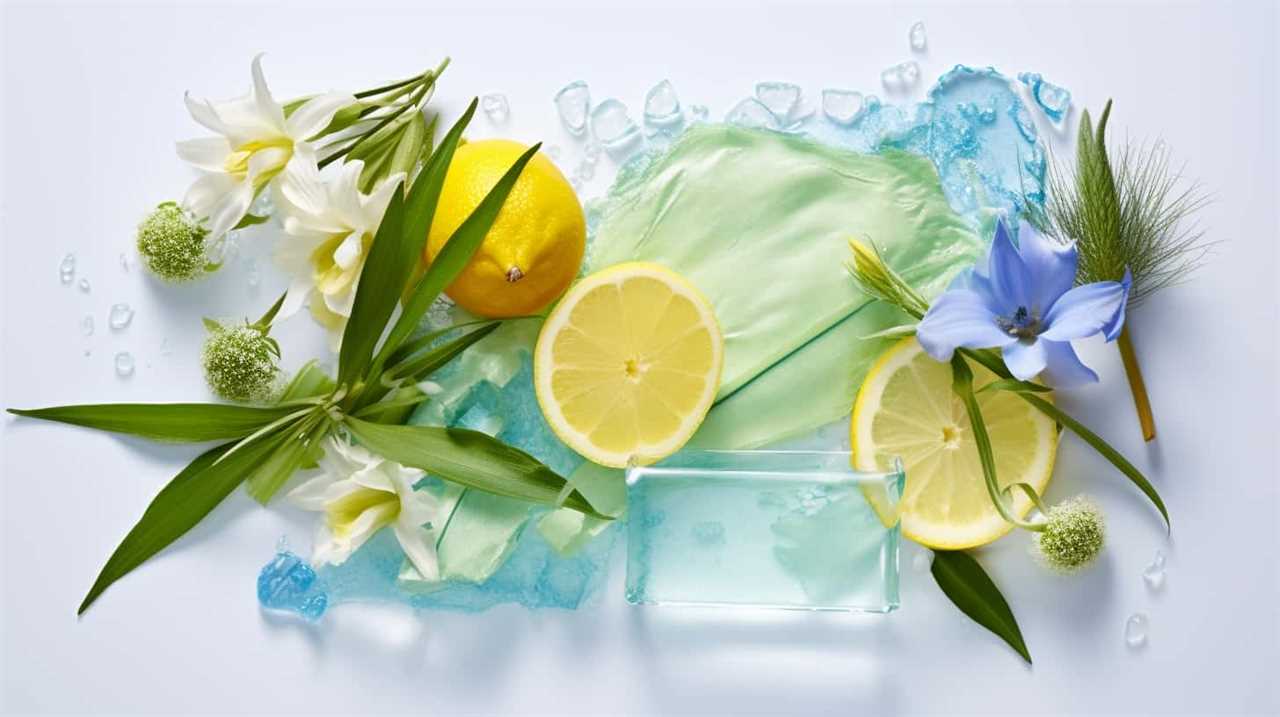
However, it’s important to note that individual shower habits can greatly affect water consumption. Taking shorter showers and using low-flow showerheads can significantly reduce water usage.
Additionally, opting for cold showers can offer various benefits, including increased alertness, improved circulation, and faster muscle recovery. Cold showers also help conserve energy, as heating water accounts for a significant portion of household energy consumption.
Understanding these factors can empower individuals to make conscious choices to reduce their water usage.
Moving forward, let’s explore the factors that affect water usage in baths.
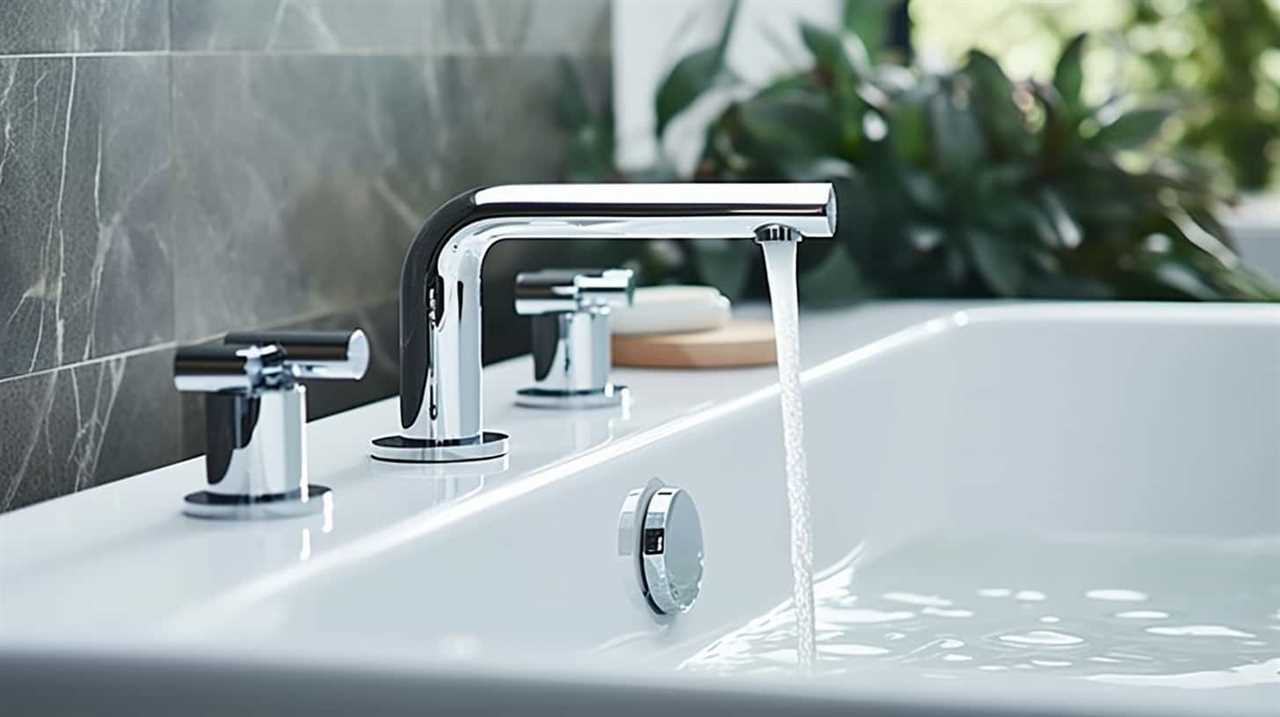
Factors Affecting Water Usage in Baths
Moving from discussing the average water consumption for showers, let’s now delve into the factors that impact water usage in baths. When it comes to baths, there are several key factors that can affect the amount of water used. Consider the following:
- Water saving showerheads: Upgrading to water saving showerheads can significantly reduce the amount of water used during a bath. These showerheads are designed to limit the flow rate without compromising water pressure, resulting in water savings of up to 40%.
- Proper plumbing maintenance: Ensuring that your plumbing system is in good condition is crucial for water conservation. Leaky faucets and pipes can lead to unnecessary water wastage. Regular maintenance and repairs can help prevent such leaks and reduce water usage.
- Bathing habits: The length of time spent in the bath and the water level chosen can also impact water consumption. Taking shorter baths and filling the tub to a lower level can help conserve water.
Factors Affecting Water Usage in Showers
Regularly evaluating and adjusting our showering habits is essential in reducing water consumption. One effective way to conserve water in showers is by using water-efficient showerheads. These showerheads are designed to limit the flow of water without compromising the quality of the shower experience. By replacing old, inefficient showerheads with water-efficient ones, we can significantly reduce water usage without sacrificing comfort.
Another factor that affects water usage in showers is the duration of the shower. The longer we spend in the shower, the more water we use. It’s important to be mindful of our shower time and try to keep it as short as possible. Taking shorter showers not only saves water but also reduces energy consumption, as less hot water needs to be heated.
Tips for Conserving Water During Bathing
To further reduce water usage, implementing simple tactics during bathing can make a significant impact. Here are three effective strategies to conserve water while still enjoying a refreshing bath:

- Install water-saving showerheads: These innovative devices are designed to reduce water flow without compromising the shower experience. By using less water per minute, you can save gallons of water every time you bathe.
- Take shorter showers: Cutting down the duration of your showers can greatly reduce water consumption. Even a minute or two less in the shower can save a significant amount of water over time.
- Use a bucket or basin: Instead of letting the water run while waiting for it to warm up, catch it in a bucket or basin. You can then use this water for other purposes, such as watering plants or flushing toilets.
Frequently Asked Questions
Is It True That Taking a Bath Uses More Water Than Taking a Shower?
Taking a bath uses more water than taking a shower. However, using water-saving showerheads can help reduce water consumption. When considering the environmental impact, showering is generally more water-efficient compared to bathing.
What Is the Average Water Consumption for a Bath in Different Countries?
On average, baths in different countries have varying water consumption. Factors such as bath duration and the use of water-saving devices play a significant role. Understanding these variations can help us make more informed choices about water usage.
Are There Any Specific Factors That Can Significantly Increase Water Usage During a Bath?
Factors affecting water usage during a bath include bath duration, water temperature, and showerheads. The longer the bath, the more water consumed. Using a high-flow showerhead also increases water usage.
How Does the Water Consumption During Showers Compare to That of Baths in Terms of Factors Affecting Water Usage?
Water conservation methods and the impact of shower duration are crucial factors when comparing water consumption during showers and baths. It’s important to consider these factors in order to make informed decisions about water usage.

Can You Provide Some Additional Tips for Conserving Water During Bathing Apart From the Ones Mentioned in the Article?
Here are some additional tips for reducing water usage during bathing. Consider installing water-saving showerheads, which can save up to 2,900 gallons of water per year. These small changes can make a big impact on water conservation.
Conclusion
In conclusion, showers generally use less water than baths. On average, a bath can consume around 70 gallons of water, while a standard shower uses about 10-25 gallons per minute. This means that taking a shower is a more water-efficient option.
However, it’s important to note that factors such as shower duration and the type of showerhead can also impact water usage. By being mindful of our bathing habits and incorporating water-conserving techniques, we can all contribute to water conservation efforts.
